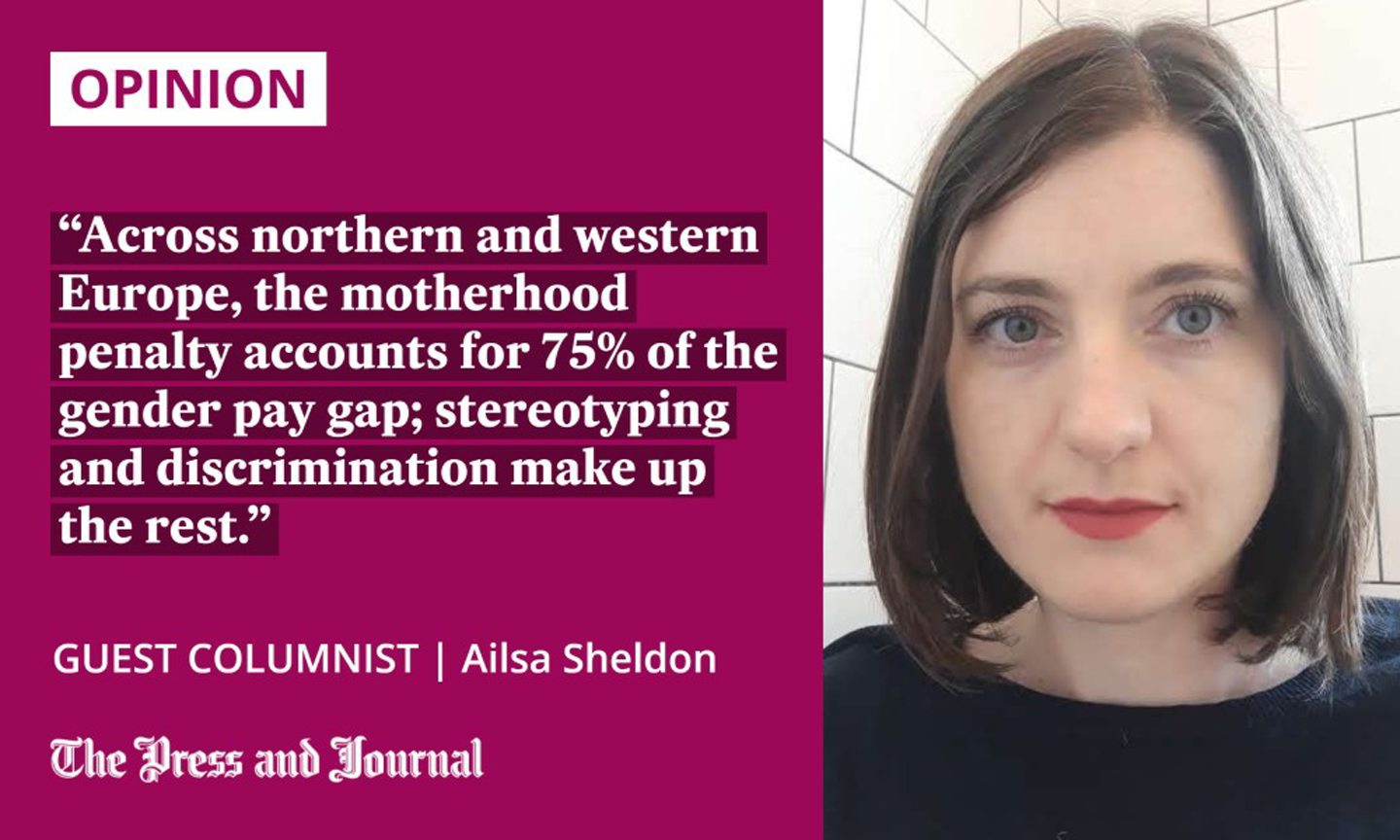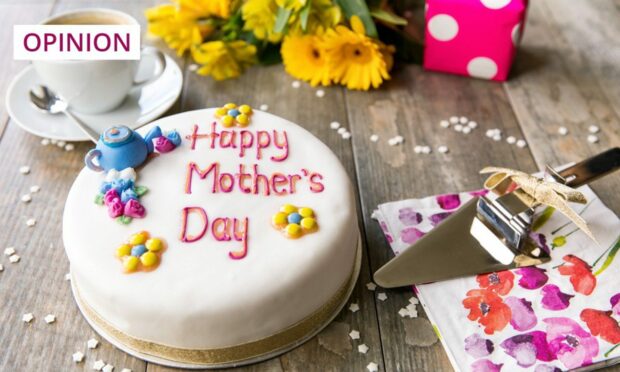From work equality to washing up, here’s what we can all do (both societally and individually) to make it a truly happy Mother’s Day, writes Ailsa Sheldon.
If adverts are to be believed, all mum wants for Mother’s Day is pink prosecco, afternoon tea, and perhaps a gin-themed card, implying that the only way to struggle through motherhood is a stiff drink and some tiny, dry cakes. Give me strength (and not just 40% ABV).
Instead, here’s what would really make motherhood a celebration, from the political to the personal.
First, close the gender pay gap – the difference between average earnings of women and men. Consultancy group PwC’s Women in Work Index has charted the achingly slow pace of narrowing the gender pay gap over the last 10 years. Of the 38 countries in the Organisation for Economic Co-operation and Development (OECD), the average gender pay gap is 14%, down only 2.5% since 2011. At this rate, the void will take 50 years to close.
The most significant factor influencing that pay gap? The motherhood penalty. This considers lifetime earnings, reduced by maternity leave, underemployment, and slower career progression, usually coupled with a larger share of childcare. This gap also affects pensions, and leads to precarious financial security in old age.

Across northern and western Europe, the motherhood penalty accounts for 75% of the gender pay gap; stereotyping and discrimination make up the rest. So, if you care about mothers, promote them, advocate for them, and share the parenting load equally. And embrace flexible working: it benefits everyone, not just mums.
Next, guarantee access to affordable, inclusive, high quality childcare for all children (including after-school provision), with well-trained and well-paid childcare professionals.
The changes to childcare in this week’s UK spring budget are under discussion, but urgent improvements to the entire system are needed, not merely sticking plasters or reduced ratios. Currently, the average cost of full-time nursery care for a child aged under two in the UK is £13,695 a year – an astronomical figure for most families, and particularly tough on single parents.
Since August 2021, three and four-year-olds in Scotland have been entitled to 30 hours of free childcare a week during term-time. It’s a huge improvement from the 12 hours available a decade ago, but change needs to speed up. Childcare must be considered essential economic infrastructure, not a service only available to high earners. Until we have that, we’ll never see gender equality in the workplace.
More postnatal physio and help, less ‘daddy daycare’
Then, recognise that pregnancy and birthing a baby, regardless of delivery method, has a huge and permanent impact on a woman’s body. Any resulting stretch marks and wobbles should be worshipped, and postnatal physio should be easily accessible for everyone. In France, it’s all part of maternity care; in the UK, it’s never mentioned.
Next, re-village. Raising a child was never meant to be a solo endeavour. Leaving a mother, isolated and exhausted, to raise a child without community support is a recipe for postnatal depression and mental health issues. Support parents practically and emotionally, and make sure they get time for themselves, too.
Please, eliminate the term “daddy daycare”. Even if you’ve never uttered these dreaded words, you know the concept. Dad is a hero for looking after his own kids, mum is taken for granted. This is a fast-track to resentment and rage, even if said in jest.
A parent of any gender cannot “babysit” their own kids. They can babysit other people’s – and please do, your friends probably need a break – but, with their own it’s never, ever babysitting, just parenting.
Don’t forget the washing up
Once your campaigning and advocacy are in full swing, you can celebrate the mothers in your life. If you’re giving a gift, make it personal. Handmade is always appreciated. I treasure my cards from my young teens, even more special now that we’re years away from the daily primary school sticky drawings.
Think about what the mum in your life actually likes. Sure, it might be carnations, milk chocolate and novelty mugs, but perhaps it’s feminist zines, new notebooks or excellent coffee.
Finally, the last suggestions is an easy win: give mum a meal she hasn’t cooked herself – whether it’s lunch out, ordering a takeaway, or jammy toast in bed. Just make sure you do the washing up, too.
Ailsa Sheldon is a Scottish freelance journalist


Conversation